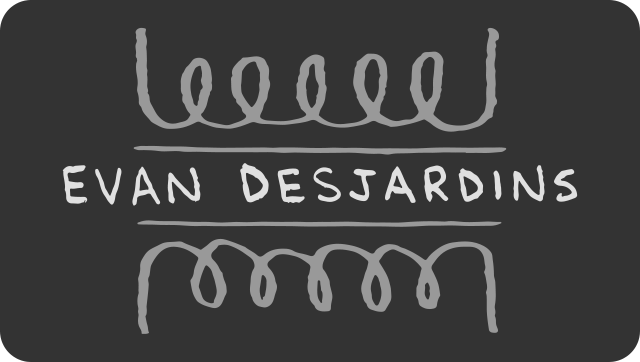I was asked to put together a couple splitter boxes for distributing headphone signals. [more inside]
The studio sends stereo headphone mixes out from the control room and into the live room to a patch panel in the wall. The panel only includes XLR female panel mount jacks and was never wired up to include ¼” headphone jacks. The splitters therefore need an unconventional XLR male jack on the input so the engineers can connect it to the wall with a standard microphone cable.
Initially I was concerned about impedance mismatches between unlike headphone sets leading to imbalanced levels. High-watt stereo pots would compensate for this, but in a passive circuit changing one output level would have cascading effects on everyone else’s output. Putting 4 sets of headphones in parallel would bring down the impedance such that there’s a potential for either a blown headphone driver or a burned out headphone amp. I considered putting series resistors in line with each of the outputs to adjust for this, but then what if only one jack is being used at once? Using op-amp buffers to make an active distribution amp would have worked, but the client does not want to have to power the device.
A simple project became more and more complicated in proportion to the amount of thought I gave it. In the end, the studio asked for a simple parallel splitter. Evidently they have homemade boxes like this they’ve been using for decades without issue. So in the interest of giving them what they want, I’m giving them exactly what they want.
I chose D-series panel mount jacks from Neutrik because their circular barrel design would save me from cutting complex shapes in metal panel. Digital callipers made measurement a cinch and from there I marked up layout template with drawing software.
My trusty stepped drill bit wasn’t big enough for the jacks. The geezer at the hardware store said if I tried to drill this thin material I’d have a hard time and suggested a nibbling tool.
This worked okay, but it was a hell of a lot of work. I’m pretty sure I’d be better off with another, bigger stepped bit. My coarse cut holes needed to be filed down a lot, chewing threw my Dremel grinding bit. I scuffed up the the outside case a bit doing all this which I’m not proud of.
Wiring the splitter was perfectly simple. I tied and soldered all of the jacks together and called it a day. The biggest surprise was cost. I had to charge more than I was comfortable with for such a simple device simply due to the price of the projects boxes and all of the connectors, which do not come cheap. On the other hand, the client has a sturdy piece of handiwork which should last them decades.






0 Comments